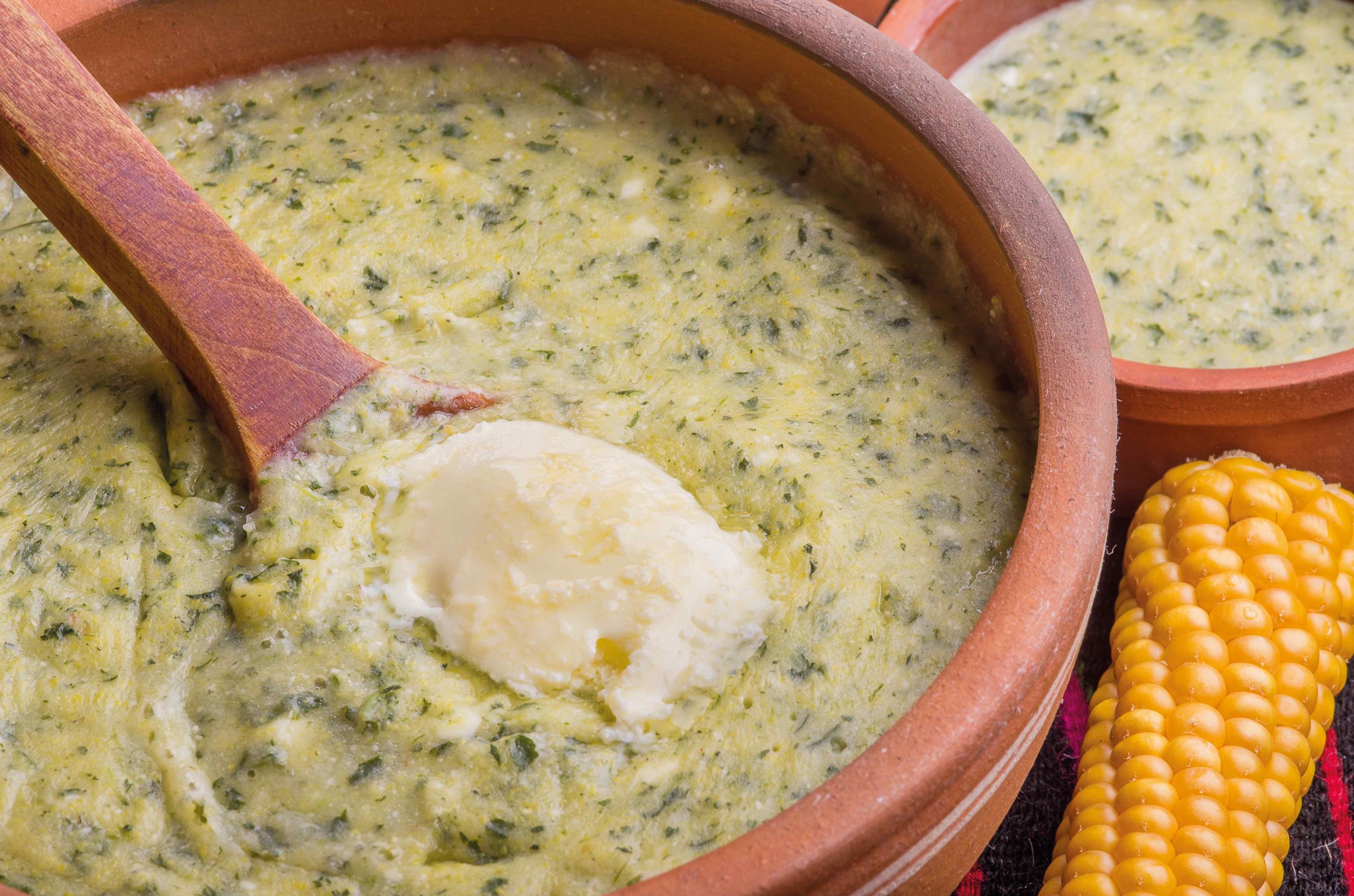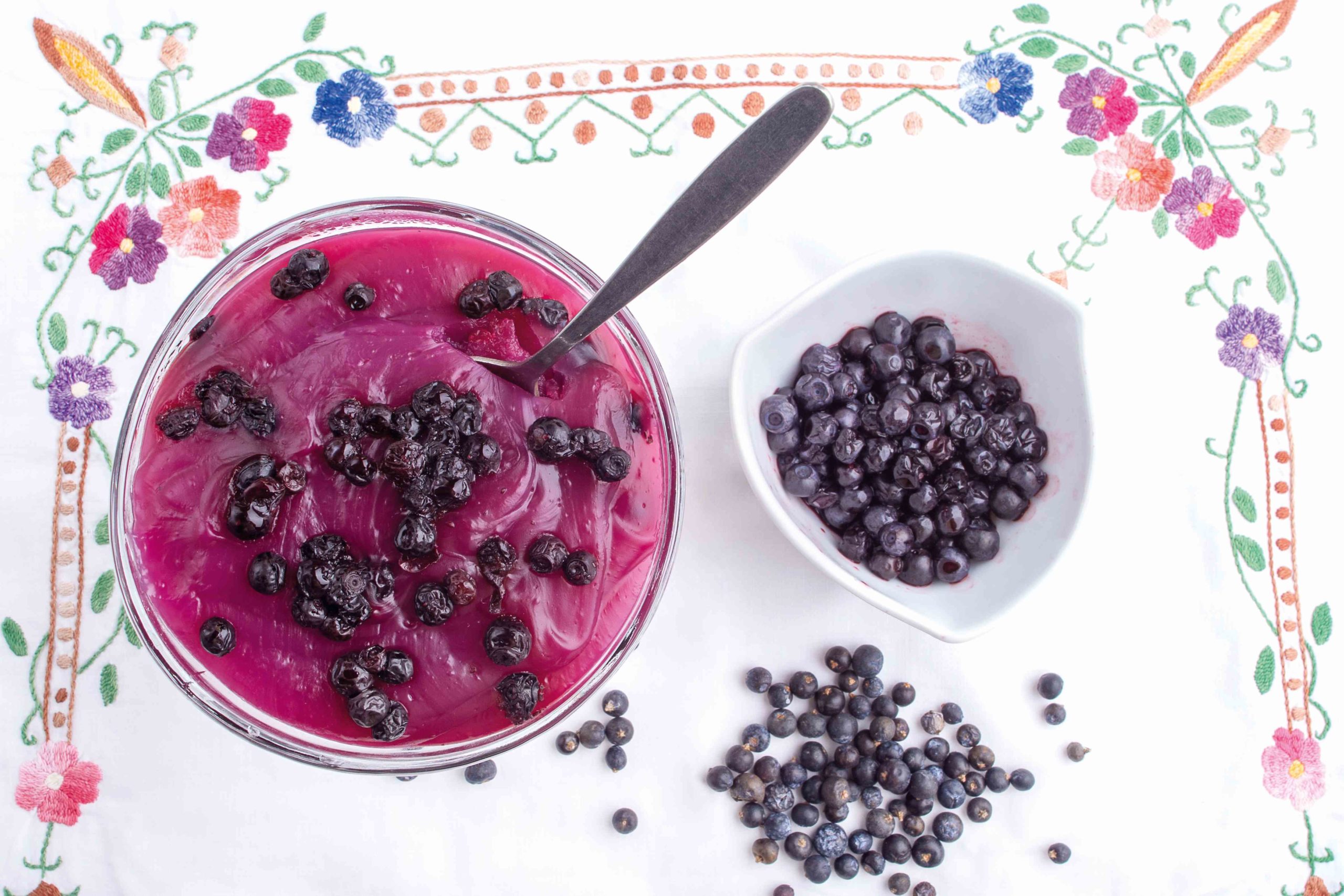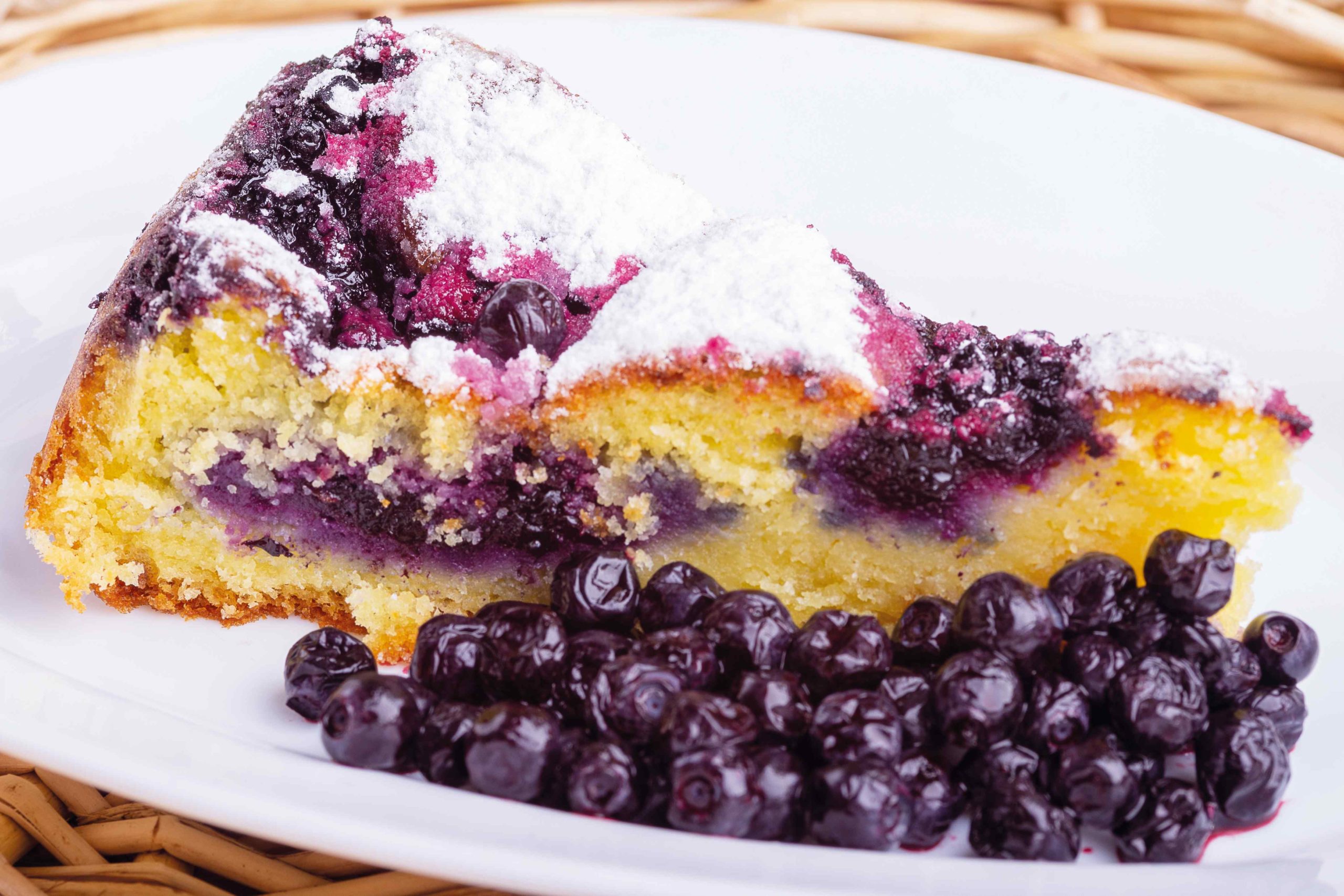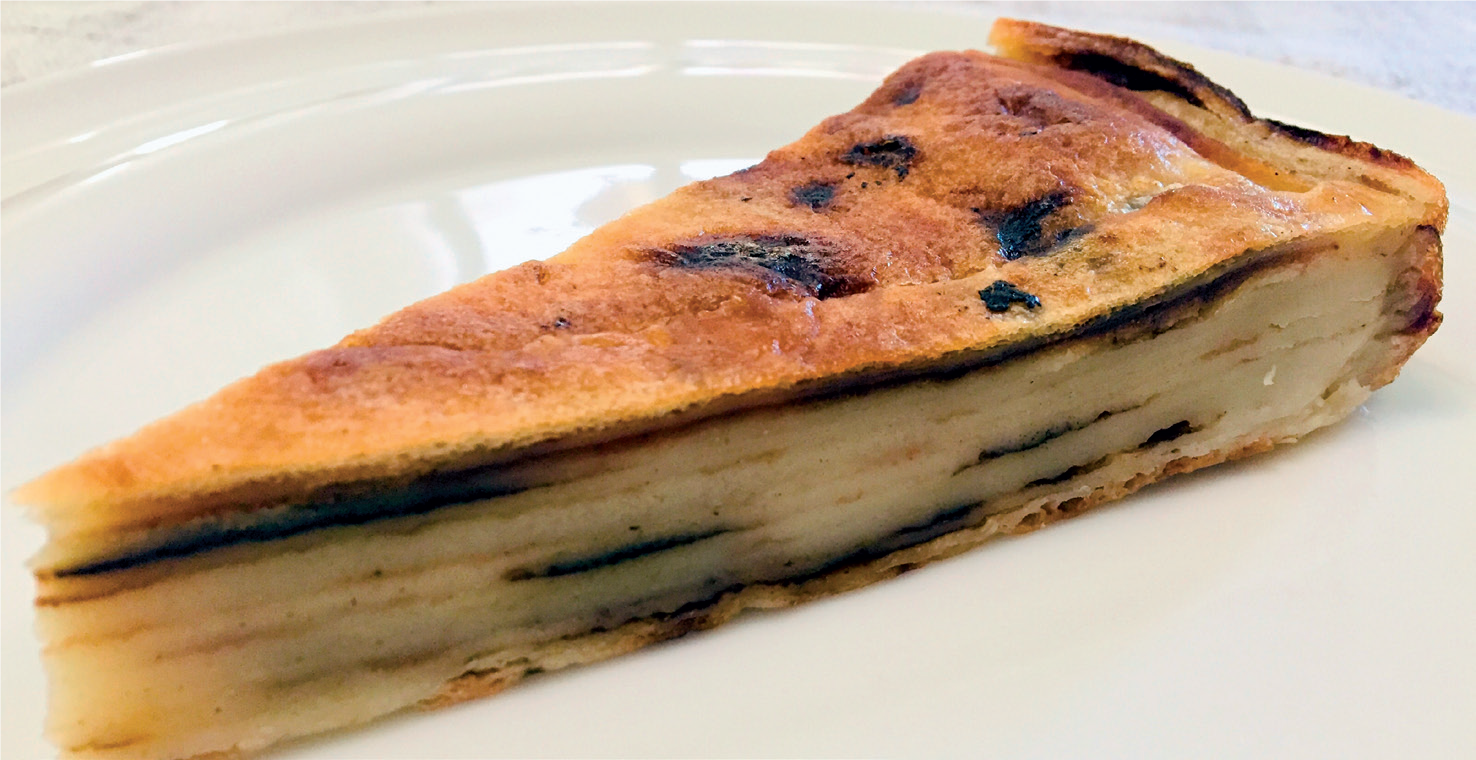The cookbook ‘Mountain Bounty’ is a unique collection of traditional recipes from the north of Montenegro, which were collected from the local population and now form an important part of the tourist offer of this region. Each recipe is accompanied by inspiring stories about the dishes and habits of the people written by Sonja Živaljević, the ingredients used to prepare those dishes and amazing photos taken by Jovan Nikolić. Montenegro participated at Gourmand Awards with this cookbook. At this Ceremony that took place in November 2021 in Paris, the ‘Mountain Bounty’ cookbook was awarded 1st place in the category Food Tourism, and 2nd in category Best of the best, among many publications from 80 countries and regions all over the world. At the same time, it was a part of exhibition at the Alfred Nobel Museum Bjorkborn in Sweden. The whole book is available on www.montegastro.me.
The similar cookbook, with the recipes from the region of Pukë was also designed. These publications were prepared under the EU-funded project ‘Local cuisine as tourism offer of cross-border region’, implemented under the IPA CBC programme Montenegro – Albania by the Regional Development Agency for Bjelasica, Komovi and Prokletije (as lead partner), the National Tourism Organisation of Montenegro, Eco-Partners for Sustainable Development and the Municipality of Puka.
Nettle porridge
Ingredients for 4 persons: 800ml water, 100ml milk, 600g rinsed young nettles, 300g corn flour, 100g butter,300g young kajmak and 300g cheese, salt
Sauté (fry gently) the nettles in a saucepan with boiling water for about 5 minutes, strain and pour cold water over them to retain a green colour. Once they have been strained, chop the nettles up. Then place the nettles in salted water which has been brought to a boil, and simmer for 10 minutes on a low heat. With your fingertips, sprinkle on the corn flour and slowly mix with a traditional hand beater or blender (‘brkljica’) so that the mixture does not clump together. Cook for 30 minutes at a medium temperature. When it is cooked, add butter and chopped cheese. Serve in deep bowls with kajmak. This can be eaten hot or cold.
Survival in difficult times
You can still hear from elderly people that during times of war (and those were not so rare) nettles saved them from starvation. For porridges, thick soups or pies, nettles are picked when they are young. They do not sting too much, and after boiling the leaves become completely safe and soft. They can also be picked later, if they have not grown too much or started to flower, but they can also be preserved by drying. Nettle tea is recommended as a remedy for a long list of problems and illnesses. To break up the flour in this dish and stop it clumping together, a special implement locally called “brkljica” was invented, made of a stick which branches on several sides. The brkljica is lowered into the porridge and spun left and right with the hands. Like a forerunner to the modern mixer.
Akšijaš
Ingredients for 4 persons: 300g bilberries, 40–50g/4–5tbsp flour, 60–75g/4–5 tbsp sugar, 20g/5 tsp vanilla sugar, 1 litre water
Boil the bilberries in water and strain them. Mix the flour into a paste with a little water. Add the sugar, vanilla sugar and the flour paste to the water in which the bilberries were cooked and boil this. When the mixture boils, add the boiled bilberries, slowly mixing them in. Pour into a bowl while it is still hot.
Bilberry pudding
Without additives or preservatives. Without milk. A light and healthy delicacy made from bilberries. Somewhat like pudding or sutlijaš (rice pudding). During the “Day of Bilberries” festival in the city of Plav, hosts serve akšijaš in wooden bowls. In the city of Rožaje somehow the dish akšijaš has transformed into ikšijaš. In more recent times vanilla pudding mix (or custard powder) is used to prepare this delicacy instead of a flour mixture.
Bilberry cake
Ingredients for 4 persons: 5 eggs, 125g sugar, 160g flour,100ml oil, 100ml milk, 6g/2 tsp baking powder, 500g bilberries, 100g icing sugar
Heat the oven to 180°C/360°F. Beat the eggs and sugar, then add the milk, oil and flour mixed with the baking powder. Pour the mixture into a baking tray and bake for about 10 minutes. Take the baking tray out of the oven and place the bilberries over the dough so that they sink into the mixture, then return to the oven to bake for another 20 minutes at 180°C/360°F. The cake is cut into squares and served sprinkled with icing sugar.
The noble blue berry
The wild European blueberry or bilberry (vaccinium myrtillus) is the most expensive of our mountain fruits. This is absolutely justified. This aristocratic, high-altitude plant from the heather family, a relative of the cranberry, is extremely nutritious, and besides that, picking a kilogram of bilberries is no easy work. First one has to climb up to the edges or clearings in a spruce forest or fir and beech forest, then stoop down to the ground, and with the fingers pick the berries, one by one, from the low bush for hours. In some countries, the law prohibits picking bilberries using a ‘rake’, because it can cause long-term damage to the plants. This plant loves gently sloping land, exposed to the sun, but also snow because it protects it and gives it moisture. It can withstand temperatures down to –28°C (–18°F). The juicy, sweet-sour berries, each weighing a gram or two can make an ordinary cake into a special one, even with the addition of a small quantity, or together with other fruit.
Boiled maza
Ingredients: 350gr corn flour,1l Dhallë, 80gr butter, ripened brined cheese as desired, salt
Start by frying corn flour with butter in low heat so that it doesn’t burn. Slowly add dhallë (a traditional yogurt-based drink in Albania made by blending yogurt with water or milk and spices), while continuously stirring the flour to avoid lumps. Once all the dhallë has been added, let the mixture boil, without changing the heat intensity, until a layer of melted butter appears on the surface. The maza is ready when the mixture has become homogenous. The maza is served hot and may be accompanied with brined cheese.
Energy for cold winter days
The boiled maza is a very old dish that combines corn flour and dhallë. According to tradition, it was usually served to women right after they gave birth, because of its high caloric content, which provides energy, especially during the cold months of winter. According to legend, the recipe was held secret by the older woman in the family and was passed down to the oldest bride. The boiled maza is prepared throughout the region of Pukë, regardless of religion affiliation. It’s one of the staple food dishes of the village diet.
Laknor with walnuts
Ingredients: 0.5kg walnuts, 1kg wheat flour, 200ml/0.3kg oil or butter, 10gr sugar, salt as desired
Grate the walnuts and let them boil for about 30 minutes in ½ litre of water. Add one teaspoon of sugar and a little bit of salt to the water. Constantly check the pan so that the nuts do not burn. Once finished, remove the pan from the fire and let it cool. Start preparing a medium hard phyllo dough with wheat flour, water and salt and then stretch the dough into thin sheets. The sheets should be a little thicker than those used for preparing burek (a family of pastries or pies found in the Balkans). Once you’ve stretched all the sheets, put them in the oven until they are dry. Historically this was done in a stone furnace. Lubricate a baking pan with olive oil. Break the baked phyllo dough sheets into large chunks inside the baking pan. Spread the walnut filling over the broken chunks with a tablespoon. Continue like this until there is nothing left to spread. In a glass of lukewarm water add a little oil, 1 tablespoon of wheat flour and a little bit of salt and stir. Spread the mixture evenly over the contents of the laknor. Put the baking pan in the oven and let it bake for about 45 minutes at a temperature of 150° C. Constantly check the oven to make sure that the walnuts do not burn. You can tell the laknor is ready when the chunks of dough are fully dried and look crisp. The laknor with walnuts should be served cold.
Buzmi laknor: an essential part of Christmas meals
The laknor with walnuts is a typical phyllo sweet of the region of Pukë and it has been prepared historically for the Buzmi celebrations during Christmas. The older generation will say, “rich or poor, no matter their wealth, the Buzmi laknor would be present in all households”. Buzmi is a pre-Christian, pagan celebration announcing the winter solstice and the laknor with walnuts is an important part of the ritual festivities, and as such it can be presented with the full historical background of the dish as a worthy representative of the ancient culture of the region of Pukë.
Fli
Ingredients: 1.5kg wheat flour, 1l water, 1 teaspoon of salt, 250gr melted butter, 250gr maze (sour cream), 10 eggs, 100ml vegetable oil
Start by preparing a soft dough with wheat flour, water and salt. Once the dough has become uniform, let it rest for about 20 minutes. Place the saç (cooking lid) in the fire and let it stay there until it gets very hot. The baking pan should also be greased with vegetable oil. Start by stretching the first sheet very thinly and spread it over the baking pan. Cover the baking pan with the saç, which by now should have reached the necessary heat. While the first sheet is being baked, start by preparing a mixture of eggs, melted butter and mazë. The mixture will be brushed over the sheet of dough. Start stretching the second sheet of dough. Once the first sheet has been baked, remove the saç from the baking pan and place it once again in the fire. Brush the first sheet of dough with the mixture and then spread the second sheet over the first one. Continue this process up to 8 or 9 sheets of dough. When the last sheet has been baked, remove the saç and cut it into diamonds. The fli is served hot and may be combined with honey, brined cheese, Albanian yoghurt, etc.
The flavours of tradition
The fli is one of the oldest recipes in the region and its preparation requires some experience. The fli consists of layers of stretched out dough laid on top of each other and painted with a spread of eggs, melted butter and maza between them. Unlike the burek or laknor, the layers of the fli are baked consecutively in a saç and they should remain soft and moist when finished baking. The fli is prepared in several Albanian regions, mainly in the north-east of the country.







